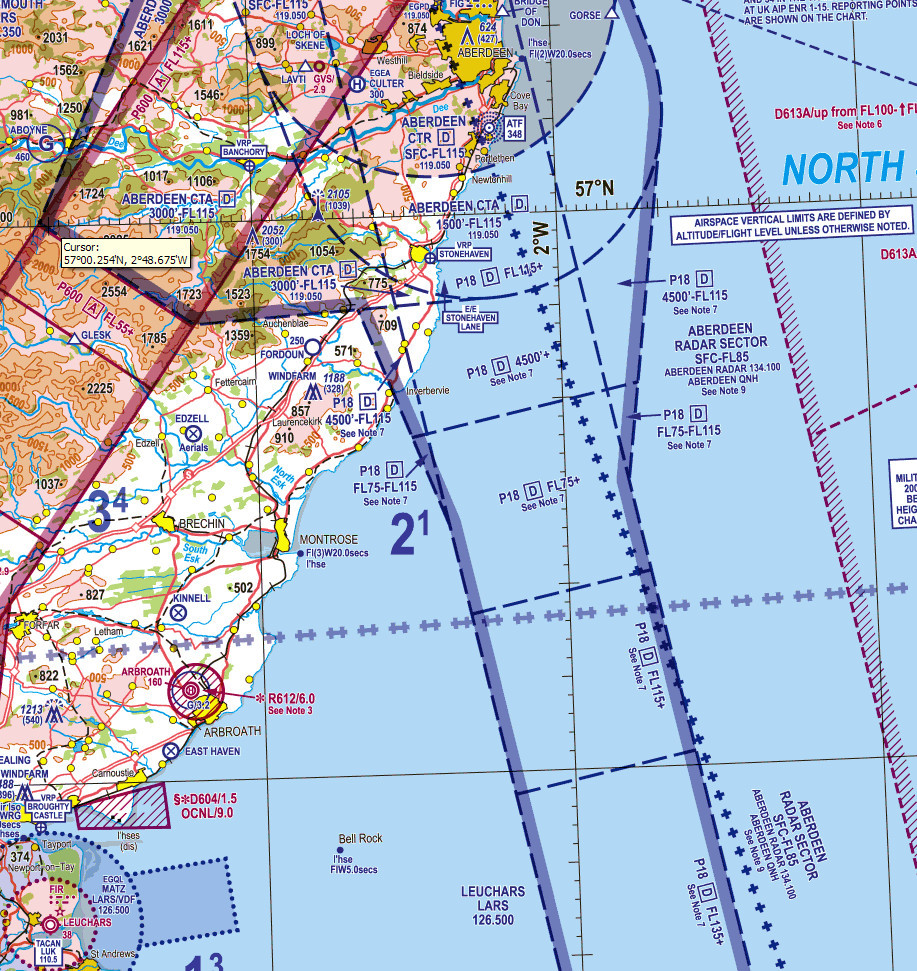Sorry, what I meant was that the requirement for 1800 m for take off and landing for the IMC rating is for in-flight visibility. RVR or reported met vis is a matter of official record. In flight visibility is a pilot judgement, and much more difficult to challenge.
Would need to understand why OPS 1 Subpart D 1.405 does not apply to the IR(R), but the approach ban is for RVR/visibility, not just RVR.
http://www.dac.public.lu/documentation/procedures_ops/OPS1_EN.pdf
Well you’re actually quoting EU-OPS, which is now superseded by Part-CAT of the Air Ops regulation, though Part-CAT is similar. In Part-NCO, which applies from August 2016 in most EU states, the rule is:
NCO.OP.210
(b) If the reported RVR/VIS is less than the applicable minimum, the approach shall not be continued:
(1) below 1 000 ft above the aerodrome; or
(2) into the final approach segment in the case where the decision altitude/ height (DA/H) or minimum descent altitude/height (MDA/H) is more than 1 000 ft above the aerodrome.
(c) Where the RVR is not available, RVR values may be derived by converting the reported visibility
The choice of the word “may” was rather unfortunate, wasn’t it? 
In the UK under current legislation, the approach ban is based purely on RVR:
Art 109
(4) Without prejudice to paragraph (2), when making a descent at an aerodrome to a runway for which there is a notified instrument approach procedure an aircraft must not descend from a height of 1000 feet or more above the aerodrome to a height less than 1000 feet above the aerodrome if the relevant runway visual range for that runway is at the time less than the specified minimum for landing.
For the IR(R), the 1800 m is not part of aerodrome operating minima, but rather a licence privilege limitation.
Schedule 7 Part B Section 1 Sub-Section 2 Paragraph 4 Subparagraph (2) [One of my favourite references of all time!]
The rating does not entitle the holder of the licence to fly:
(b) when the aeroplane is taking off or landing at any place if the flight visibility below cloud is less than 1800 metres.
bookworm thank you for pulling together the current references, your avatar does what it ,says on the tin!
Peter wrote:
The IMCR can be used for “airways” e.g. you could fly Q41 here in Class D, below the Class A base
Actually, according to the chart, Q41 doesn’t exist below the class A base.
Here’s a Class D piece, in Scotland

Just thought I should mention. This just popped up on Flynytt, about a much easier IFR regime for GA than today. The plan is to do it as least as “easy” FAA.
The EASA document is here.
I have only read the Flynytt article, but it it seems to be a competence based system with much relaxed “first step” that include higher minima.
The intention is good, but the proposed solution is not. The FAA IR is “easy” while still conferring full ICAO IR privileges.
The proposed restrictions don’t make sense:
— limited to single-pilot aeroplanes for which class ratings are required, excluding those classified as high-performance or for which operational suitability data (OSD) has determined that additional training is required; and
— the minima for instrument procedures would be higher, for example 200 ft above published approach minima, down to an absolute minimum height of 500 ft. A 600 ft cloud base and visibility of at least 1500 m would be required for arrival and departure, to ensure that a visual ‘bad weather’ circuit will always remain a viable option
The appropriate minima has very little, if anything, to do with training but everything to do with currency. I have a full IR and I honestly don’t understand what there is in the theoretical or practical training I had that would reduce my risks in e.g. a sub 600 ft/1500 m departure compared to a holder of the proposed “Basic IR”.
My feeling is that it is rather an attempt to reduce the perceived risk of low visibility operations in SEPs by non-professional pilots by making the Basic IR route so attractive that few pilots would bother with the full IR.
Also the FAA IR is harder than the EASA IR…
It’s mostly currency.
The relatively new Competency Based IR from what I understand is already wholly achievable and no more difficult than the FAA IR in terms of flying, and in some respects, as Peter says, it’s possibly easier than the FAA IR to maintain…
The PROBLEM with the CBIR is not the flight test, it is the ridiculous Theoretical Knowledge requirements…. If that were reduced to a single exam like the FAA IR then there would be absolutely no need for a new Basic IR…
And if the proposed BIR only has one exam with only minor restrictions on its use in the system, then it completely undermines and highlights the indefensible position that European NAAs / EASA have regarding such long-winded TK requirements. This fact alone (exposing the Emporer’s new clothes) may mean the BIR will never happen….